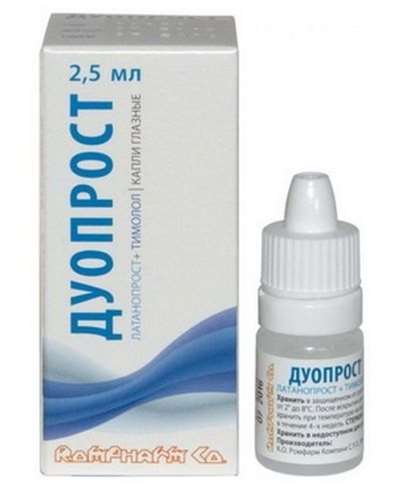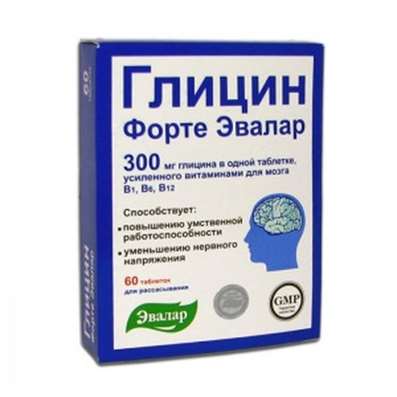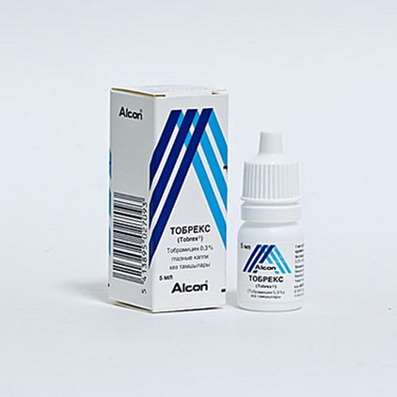Semax at Stroke
31 Jan 2017
Stroke
For many, the diagnosis of "stroke" is becoming a real sentence. After all, the slightest bleeding in the brain tissue or cerebral vascular occlusion can result in permanent impairment of motor function, sensitivity, weakening of reflexes, loss of speech, memory and hearing. To avoid such consequences are suffered, taking neuroprotective drug "Semax 1%", activating the regenerative processes in the brain after a stroke.

Save the brain in stroke
The causes and mechanisms of damage to the nervous tissue in ischemic and hemorrhagic strokes are different. However, in both cases based on the damage to nerve cells is a violation of their food and oxygen "starvation" of the brain tissue. It serves as a trigger for the ischemic cascade - chain of pathological processes in the nervous tissue.
Hemorrhagic and ischemic stroke - the forecast
Stroke drug Semax
More than 85% of all cases of vascular accidents accounted for ischemic stroke, the rest - for hemorrhagic. Ischemic stroke occurs due to severe disruption of blood flow in a specific part of the brain against the background of a thrombus occlusion of the vessel. Thrombosis often occurs on the background of atherosclerosis vascular Tip or hypertension. Thromboembolism can trigger atrial fibrillation.
Atherosclerosis - a chronic vascular disease. It affects large vessels (arteries), in which the cholesterol is deposited on the walls, which is why there is a "plaque", narrowing the lumen.
Thromboembolism - Acute occlusion of a blood vessel by a thrombus, to break away from their places of education (in the heart wall of the vessel) and got into the circulating blood.
Atrial fibrillation - heart rhythm disturbances, accompanied by frequent, erratic excitation and contraction of the atria, or twitch of individual groups of atrial muscle fibers.
In ischemic stroke, the prognosis is usually better than in hemorrhagic, thanks to an extensive area of "ischemic penumbra" in which neuronal damage can be completely reversible and eliminated by early treatment.
Ischemic penumbra - other - penumbra. Planning living brain cells starved of nutrients and oxygen, such as ischemic stroke, which can still be saved with the help of medication.
Hemorrhagic stroke - the result of rupture of the vessel in the brain when blood is poured directly into the nervous tissue, forming a hematoma in it. The causes of this type of stroke are often aneurysm and hypertension. The damaging effect on neurons is more pronounced because of the pressure on the brain tissue hematoma, increased intracranial pressure, and vascular spasm, which causes further ischemia. The consequences of this type of stroke are very heavy, even after the conducted treatment.
Hematoma - A limited accumulation of liquid or clotted blood within the body, resulting from rupture of blood vessels and is located in the soft tissues.
Aneurysm - Bulging vessel wall due to its thinning or stretching. The reason - congenital or acquired defects of middle membrane vessels.
Stroke: treatment in hospital
Manifestations of the disease depend on the location and size of the damaged vessel. The larger the vessel, struck with hemorrhagic or ischemic stroke, the consequences will be worse. The first signs of vascular catastrophes are common symptoms of brain function disorders: confusion or loss of consciousness, movement disorders, and a weakening of reflexes change. Then come first symptoms associated with damage to a particular area of the brain: a violation of movements in the limbs of hearing, vision, speech, thinking, and others.
The action used in a hospital in stroke medicine is aimed at:
Eliminating or reducing the causes of vascular accident (surgical removal of the hematoma in the brain, medical control of blood pressure, anti-thrombosis and prevention);
Eliminating or reducing the impact of stroke (recovery power of oxygen to neurons and neuroprotection).
When stroke medications and treatments in a hospital are selected individually, depending on the cause of the problem, its mechanism of occurrence, comorbidities, and others. Neuroprotective therapy is conducted in all patients.
In this clinical study showed that the use of neuroprotective "Semax 1%" initiated prehospital, emergency and home experts, increases the effectiveness of further treatment in a hospital. "Semax 1% 'helps significantly reduce the risk of mortality and disability in vascular accidents, minimizing the effects of ischemic or hemorrhagic stroke.
"Semax 1%", as a panacea for the protection of neurons, effectively treats strokes. It is able to replace the funds from several pharmaceutical groups, thanks to the following properties:
Nasal Spray ôSemax 1%" activates the metabolic processes aimed at protecting neurons from the effects of lack of oxygen;
Lets expand the area of the affected area in stroke;
Nasal Drops ôSemax 1%" Increases the survival and regeneration of neurons function in the "ischemic penumbra" zone;
Nasal Noopept Spray Semax Restores interneuron communication, provides the replacement of dead cells function at the expense of the active work of the survivors;
ôSemax 1%" stops or slows the ischemic cascade, preventing the progression of neuronal death;
Russian Nootropic Nasal Spray ôSemax 1%" helps eliminate depression after stroke.
Rules of admission and "Semax 1%" Dosage at Stroke
Receive 10 days;
3 drops - in each nostril; 6 times per day.
Course 6 bottles - in a bottle contains 60 drops; Instill produce strictly to the nasal mucosa, preventing the flow of the nasopharynx.

 Cart
Cart





